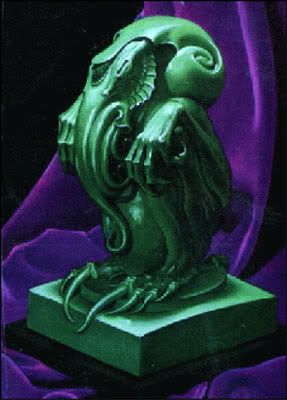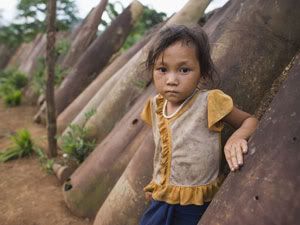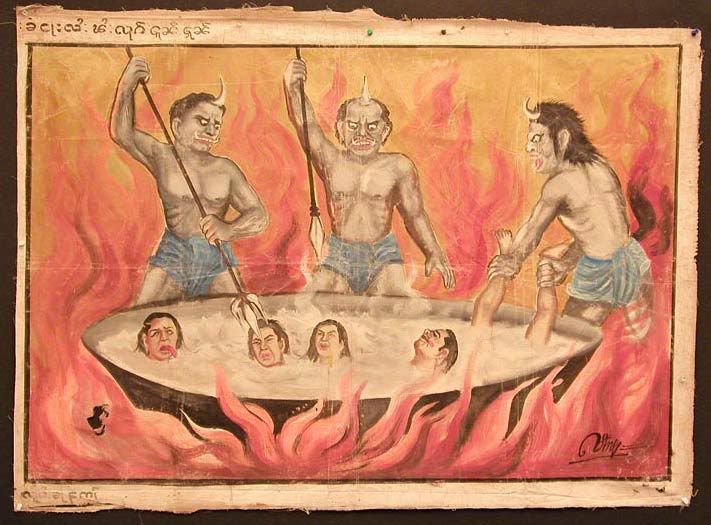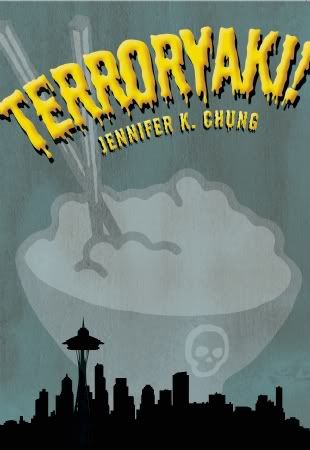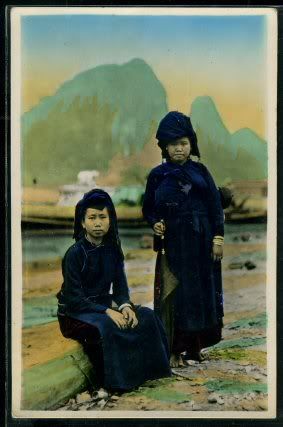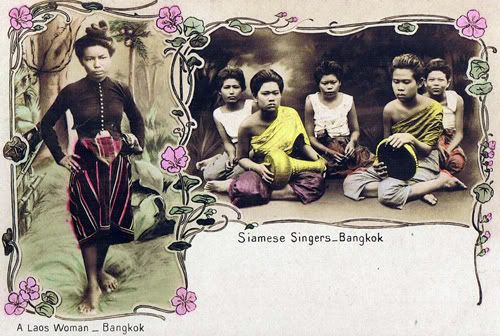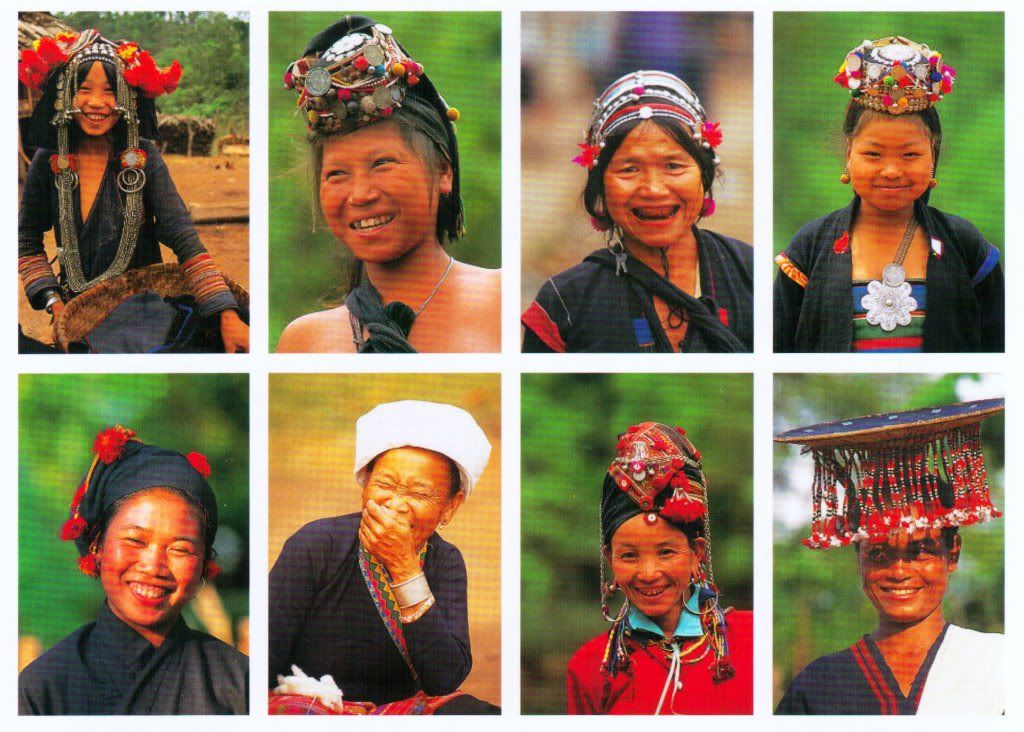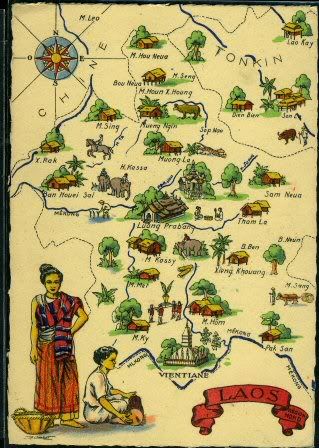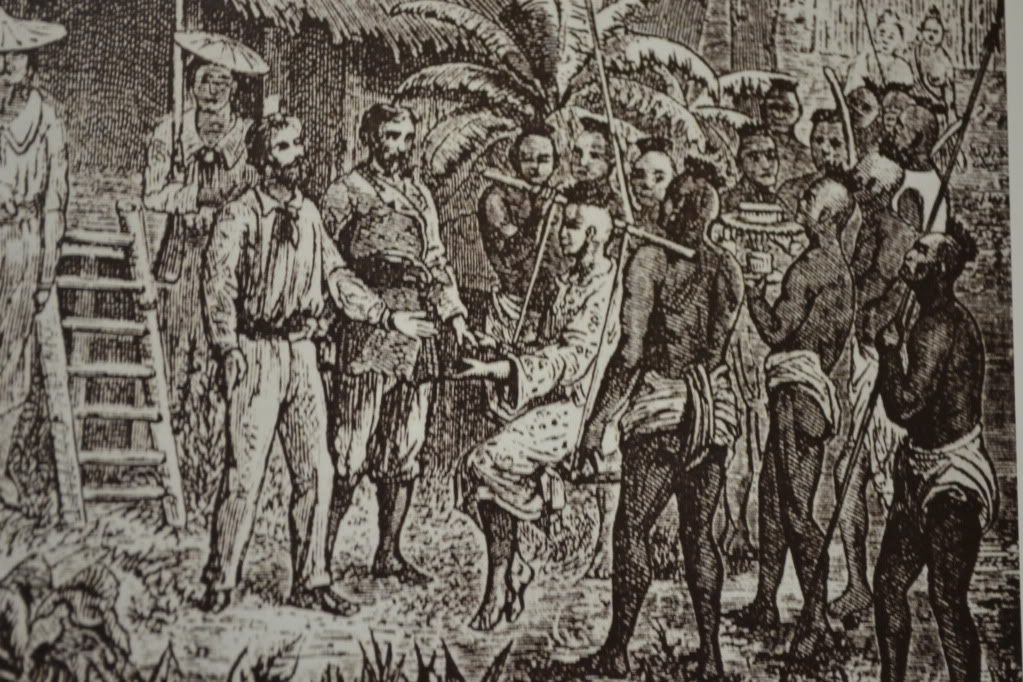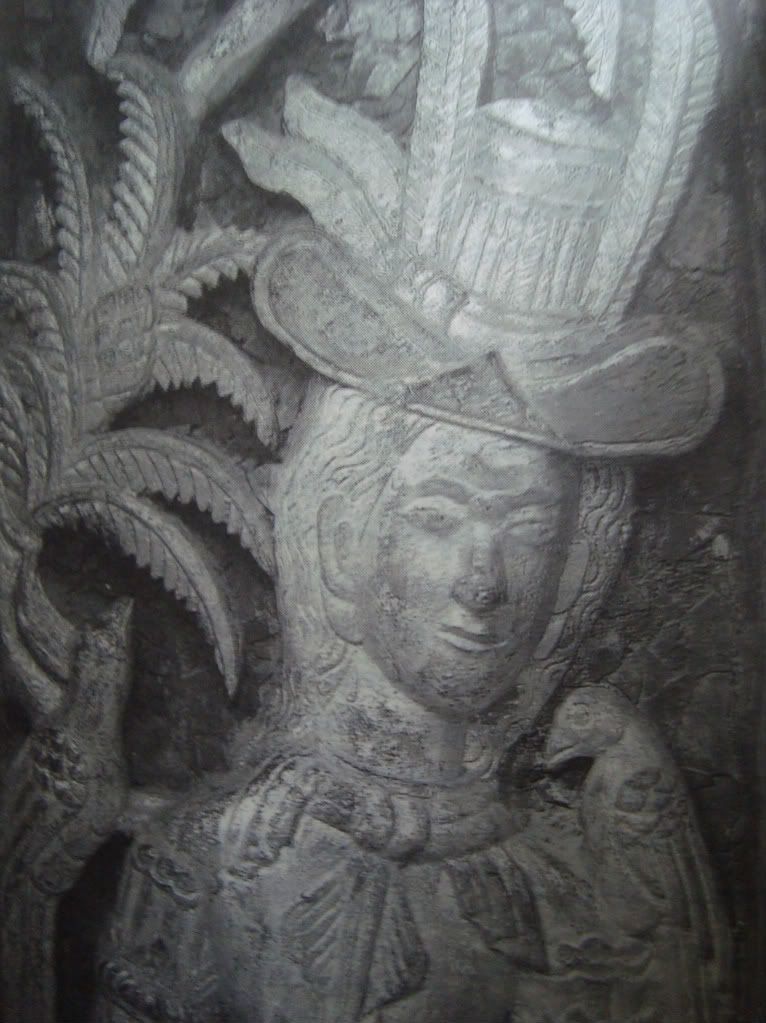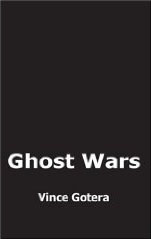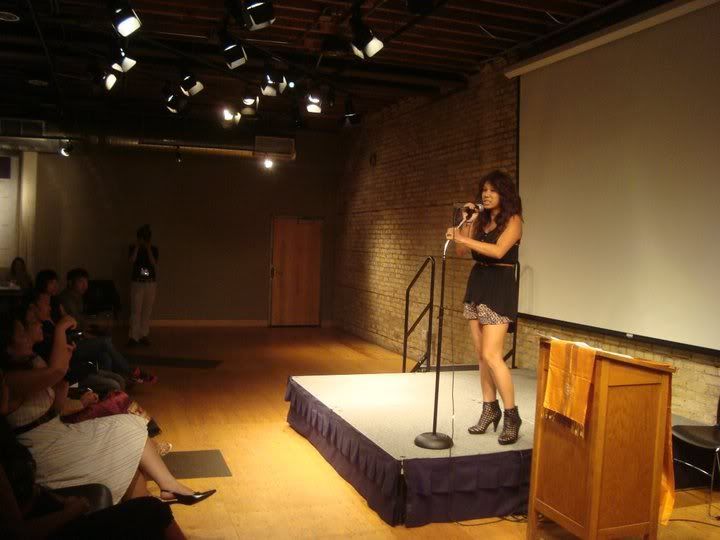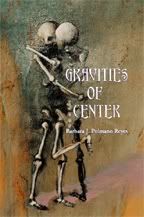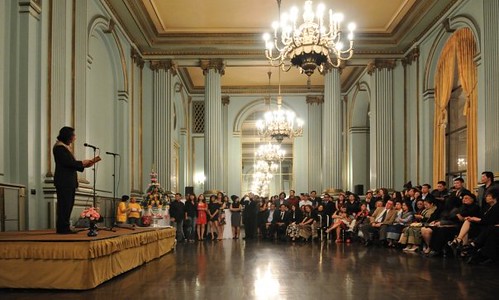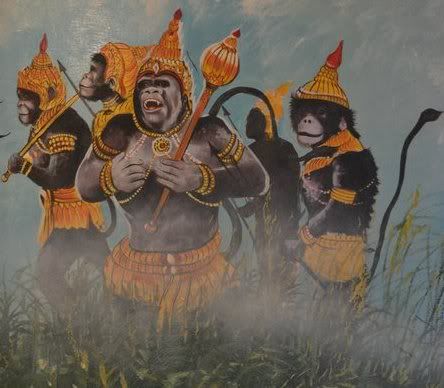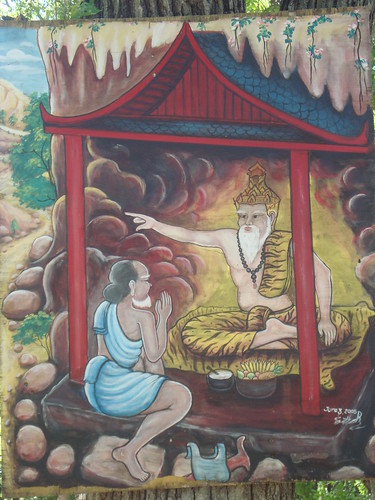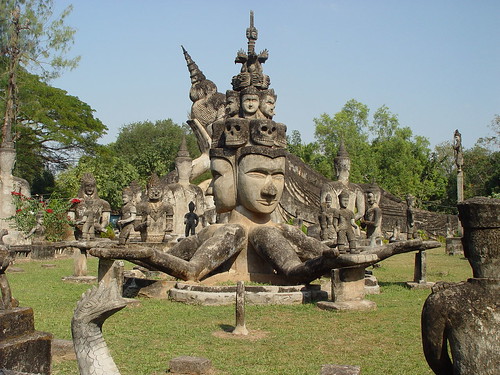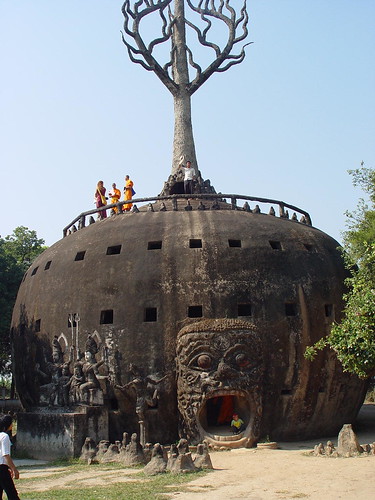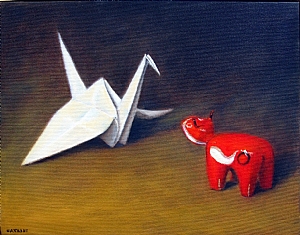National Novel Writing Month is almost upon us, and I wonder with great curiosity what will emerge among those of us who endeavor to write the Great Asian American Novel, if such a thing can be written.
Naturally, in itself, the Great American Novel is a controversial enough notion. It's conceived of as a novel that is distinctive for both extraordinary craft and themes. It is expected to be accurate and reflective of the zeitgeist in the US when it's written.
It's not necessarily one that won't seem dated decades from now, but it is presumed that such a novel would be written by an American in an American idiom that is grounded by their knowledge of their state, its relation to the larger country as a whole, what passes for their culture and the perspective of the common American citizen, rather than that of, say, a privileged elite or a class far removed from the national consideration.
Historically, the Great American Novel is supposed to be the American response to the national epic.
To deliberately aspire to write such a book is often met with hoots and derision today, given the deeply fragmented experiences of those living in America. I would argue this contemporary dismissal emerges at least partially from a tendency for such a novel to be either terribly boring, insipid, obvious or condescending like the film
Crash, or all of the above. Or worse, it would reinforce a conception of the US that validates the privileged at the expense of reflecting a more interesting and dynamic sense of the world, not just as it 'is' but what it could be. There may occasionally be exceptions, but it tends more often towards literary narcissism. Not unheard of in America, but I'm uncertain why I'd need to read such things.
So, now looking at that, I wonder why on earth anyone would thus want to undertake the Great Asian American Novel.
As a Laotian American writer, it's one of those constant questions for me. Why would I want to write the Great Asian American Novel over the Great American Novel, the Great Southeast Asian American Novel, the Great Lao American Novel, the Great Lao Novel, or the Great Novel? Among many other possible variations on this.
But as an intellectual exercise I could see the fun and challenge within this. This would be a most audacious undertaking indeed. What would it prove? As art, would it fail if it's actually useful? All of the typical literary questions.
Of course, this also leads to part of the question we ask with the
500 Project, what of the Great Asian American Reader? Where do they fit within all of this?
I regularly run into writers of Asian heritage in America who don't want to be considered an Asian American writer, as if it's a pejorative. A classification that somehow diminishes them as literary figures in a way that being classified a Russian writer, a Beat writer, or a Surrealist does not.
To me, such designations are effective to certain points, and then they are not. If the designation helps to create an interesting discussion, so be it. If it does not, then one can discard it.
There are times when it's handy to consider me a Laotian American writer, other days a Transcultural Adoptee writer, others, a Horror writer or a Speculative Poet from the Midwest. But in the end, there is writing. And one can choose to respond to it, or not.
But back to
National Novel Writing Month.
Considering the novel has its roots as a form with the
Tale of Genji from a woman from Japan during the Heian era, I think there can be a definite argument then that for Asian Americans, the Great Asian American Novel as an idea should be one of great interest to us as we make connections between our many traditions.
Should it be a work of great realism, or can we employ magical realism? Does it have to be as massive as some phonebook from Norman Mailer or full of pop culture references? Can it include elements of a graphic novel like Karen Tei Yamashita's
I Hotel?
Should it be set within a particular decade or span generations like something from James Michener? Can it be as funny as Ed Lin's
Waylaid, or does it have to be like
The Killing Fields, complete with a European American protagonist so that mainstream and non-Asian audiences can connect with him?
Because this IS a Great Asian AMERICAN Novel, should it be cloyingly earnest like the old Simpson's character Tong Van Din who wrote an essay entitled "
USA, A-OK!"?
Do we have to make a nod to all 60+ Asian American communities living, working, playing and getting into drama among us, or would we be content if a good percentage of them are responsibly and interestingly reflected?
Should it be innovative and try to extend the novel form, or should it be accessibly linear? Do we need to include copious footnotes or place trust in our readers' ability to use google? Do we avoid dialect? How do we confront stereotypes and cliches so that it doesn't become some hackneyed
Night of the 10,000 Sweltering Peonies Ruining My Papaya Salad In Autumn?
And conversely, what omissions would so severely undermine our suspension of disbelief that this Great Asian American Novel loses all credibility?
This might be why I stick to poetry and short stories. But what are your thoughts regarding how you might approach the Great Asian American Novel?





